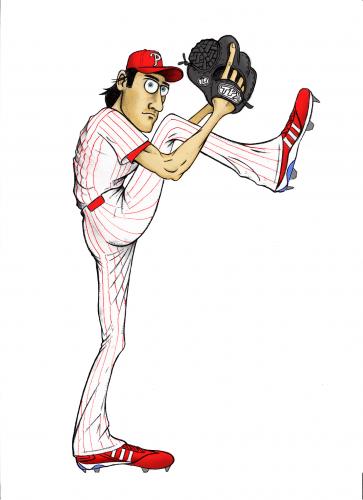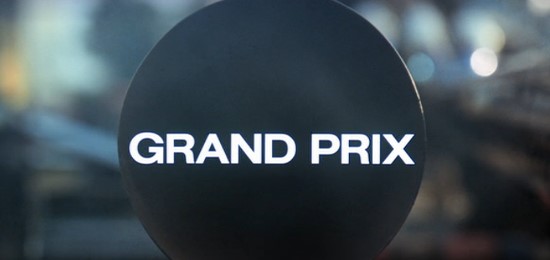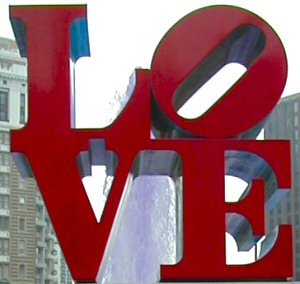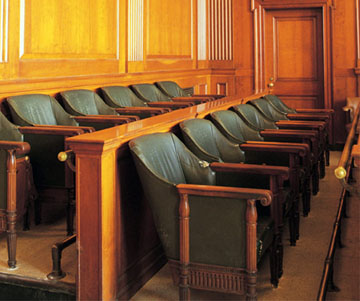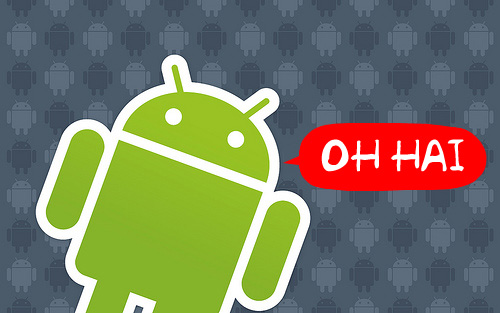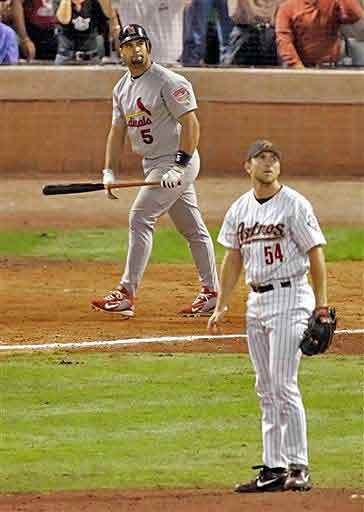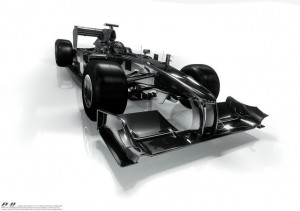Sports Talk radio will kill you – it will kill everyone. It has the power to draw a person in with the promise of entertaining moments – SHARED – in-between these meaningless contests of athletic nonsense. When we ignore everything that is truly connected to human suffering and decency, then we have this opportunity to live in a fantasy land. As unhealthy as that sounds, the fucked-up unreality is validated by every person in the stands, every family worshiping at the altar of their flat screen TV and every knuckledhead who roams the streets, banging pots and pans, when it all goes right.
Seen in these human terms, what Cliff Lee did for the Phillies and the phaithful in game one of the 2009 World Series, was a gift. An entire region was transported out of the muck and filth of their mundane and existence as we were told, by no less authority than Joe Buck, how great this representative of our town was. He was magical. He was un-hittable. He made defensive plays in the field that looked other-worldly, bizarre. And we all got to bask in his reflected glory.
But the true magic of baseball is that it just goes on and on and on and on. This is often cited as a criticism – “the games are too long, the season is too long, there’s no action, it’s so boring!” These critics miss the point entirely. That reflective pace, all that navel gazing, that’s what’s so special. The invisible game that is played between a hitter and a batter IS the action – and it is all unseen.
And, while there is a full line-up of batters to address, there is only one pitcher. Yes, of course, there are relievers and closers and long men and even janitors on mop-up-duty, but when we get to THIS moment, where the two best teams face each other, it is the starting pitcher who must rise up and perform. Cliff Lee’s effort from Wednesday night is a perfect example.
A lot could be said about the hard-luck start that Pedro Martinez mustered last night in game two. Sports talk radio today has been overrun with opinions about manager Charlie Manuel leaving Pedro in too long and that being the key to the Phillies undoing. I don’t agree. Pedro is not a Philadelphian, any more than Cliff Lee is. The time these men have spent playing in the red pinstripes in negligible. And Pedro is such a natural at inviting the big moment to come to him. He will go right into the Hall of Fame and he will forever be remembered as one of the greatest to ever climb the mound. So, when he said to his manager, “don’t take me out yet, I’m OK,” I understand why that manager, who has made so many right moves this year, decided to let Pedro bring the moment to him, perhaps for the last time. It did not work out, but the series rolls on (and on and on…)
Cole Hamels has piercing blue eyes. He is left handed, which gives him a natural advantage as a pitcher. He has the raw talent to be unhittable, and showed that in his post-season performances last year. But, for those of us who are bored and foolish enough to listen to sports talk radio (from both the Philadelphia and New York ends of the dial), the story of Hamels is that he is vulnerable, that he is not the same, and that he can be beaten silly by the Yankees lineup.
And while we wait for the game to start, that story is repeated and shared over and over again in this echo chamber of sports fandom. What does Hamels think? What does he know of all this nonsense? Does he listen to the stories? Does he hear sport talk radio? Does it motivate him? Is more pressure better or worse? No one knows.
Just like no one knows why this year he was not as successful as last. Was it because he became a huge celebrity? Is he preoccupied with his newborn child? Is his public profile to visible? No one knows.
And, ultimately, it doesn’t matter. In the same way that the joys of a baseball season are fleeting and ephemeral, the attempts to unlocks doors that won’t open are perfectly pointless. One way or the other, Hamels will take the mound for the Phillies on Saturday night and, for that blissful few hours, sports talk radio won’t matter. Hopefully, Hamels will just settle into the same kind of brisk rhythm that was so successful for fellow lefty Cliff Lee. Get the ball, throw the ball. Get the ball, throw the ball. Gert the ball, throw the ball. On and on and on.

